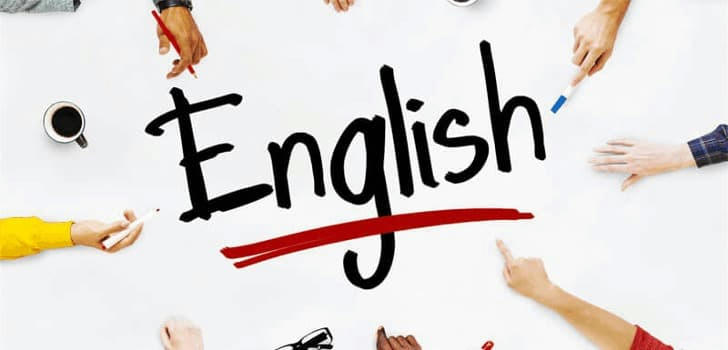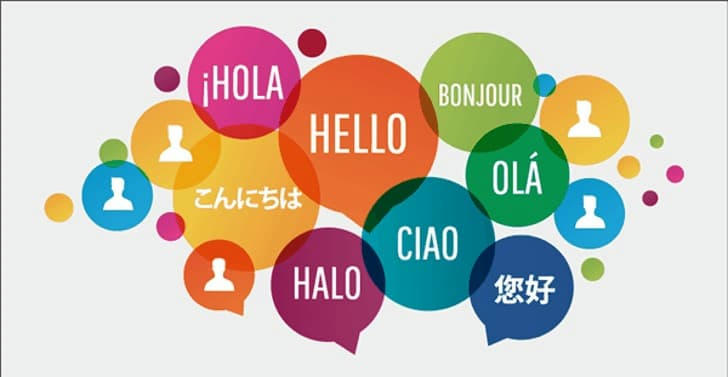Fluent in 30 Days: A Fast-Track Language Mastery Course
Learning a new language often feels like a monumental task that requires years of effort and persistence. Most traditional language-learning methods focus on grammar rules, vocabulary memorization, and slowly building up speaking and writing skills. However, there is an alternative approach that allows learners to make significant progress in a short period of time. The concept of becoming fluent in a new language within 30 days might sound ambitious, but with the right mindset, consistent effort, and practical techniques, it's possible to achieve functional fluency within this timeframe.

In this article, we will explore the "Fluent in 30 Days" method, a fast-track language mastery course designed to equip learners with the essential tools needed to communicate confidently in just one month. We’ll also look at an actual case study that demonstrates how this method has worked for real learners.
The Concept of “Fluent in 30 Days”
The idea of mastering a language in just 30 days doesn’t mean you’ll reach full fluency, but it emphasizes becoming proficient enough to engage in meaningful conversations. Achieving fluency in this context means focusing on practical communication skills—listening, speaking, and understanding—rather than trying to master every single aspect of the language.
This method is not about memorizing long lists of vocabulary or mastering advanced grammar rules. Instead, it’s about applying specific techniques that will help you communicate confidently and effectively in a short time.
Key Principles of the 30-Day Language Mastery Method
- Set Clear, Achievable Goals
The first step to language mastery is setting clear and realistic goals. Instead of setting yourself up to "master" the entire language, focus on functional fluency—the ability to hold basic conversations. Set weekly goals to track your progress and make adjustments as necessary.
- Immerse Yourself in the Language
Language immersion is key to rapid learning. Surround yourself with the language through listening, watching shows, reading books, and speaking with native speakers. The more you expose yourself to the language, the quicker you’ll start absorbing it.
- Focus on High-Frequency Vocabulary
Learning the most commonly used words and phrases gives you the ability to understand and engage in 80% of conversations. This technique ensures that you’re learning the words that will be most useful to you in daily communication.
- Speak Daily
Speaking is often the hardest skill to develop, but it is also the most important. Practice speaking every day, even if it’s just reading sentences aloud or repeating phrases. Speaking regularly will help you build confidence and reinforce your learning.
- Use Language Learning Tools
Apps and websites like Duolingo, Babbel, Memrise, and HelloTalk offer structured lessons and practice opportunities. These tools can supplement your learning and provide opportunities for real-world conversations with native speakers.
- Review Regularly
To retain what you’ve learned, consistent review is crucial. Use techniques like spaced repetition to make sure the vocabulary and concepts you learn stick.
The Case Study: John’s Journey to Fluency in Spanish
Let’s take a look at an actual case study to understand how the "Fluent in 30 Days" method can work in practice. John, a 32-year-old marketing professional, decided he wanted to learn Spanish before his upcoming vacation to Spain. He had no prior experience with the language and was unsure whether he would be able to communicate while traveling. Determined to make the most of his month, he committed to following the "Fluent in 30 Days" method.
Week 1: Laying the Foundation

John’s first week focused on building a solid foundation of essential phrases, greetings, and questions. He dedicated one hour each day to learning basic vocabulary, such as numbers, colors, common verbs, and simple greetings. Using apps like Duolingo and Memrise, he learned how to introduce himself, ask for directions, and order food in Spanish.
Additionally, he set a goal to practice speaking for 10 minutes every day. He used a language exchange app, Tandem, to find native Spanish speakers who were willing to chat with him. His focus was on practical language skills that would help him navigate daily interactions during his trip.
At the end of the first week, John was able to introduce himself, ask for simple directions, and understand basic phrases like "Where is the bathroom?" or "How much does this cost?"
Week 2: Expanding Vocabulary and Sentence Structure
In the second week, John continued to build on the basics but started focusing on expanding his vocabulary. He began to learn words related to food, transportation, and common activities. By the end of the week, he had mastered phrases for shopping, getting around the city, and ordering meals in Spanish.
John also started to practice constructing more complex sentences. For example, instead of just saying “I want to eat,” he practiced saying “I want to eat a pizza with mushrooms,” adding variety and specificity to his communication.
To further immerse himself, he watched Spanish-language TV shows with subtitles, listening for new words and phrases. He would pause the video to repeat sentences aloud and make sure he understood the meaning.
By the end of week two, John could hold simple conversations about food, transportation, and basic needs. He was already feeling more confident in his ability to communicate.
Week 3: Conversational Practice

In week three, John focused on improving his conversational skills. He practiced more in-depth conversations with native speakers on Tandem, aiming for 20 minutes of speaking practice per day. John also began to incorporate listening comprehension exercises. He listened to Spanish podcasts that focused on travel, which helped him build familiarity with the language used in real-life situations.
Additionally, he started to memorize useful sentence patterns for common scenarios, like asking for help or clarifying something he didn’t understand. He worked on improving his pronunciation and tried to speak more naturally, rather than translating from English.
John also made a point to practice in more stressful situations. He simulated scenarios where he might need to ask for help, make a reservation, or ask questions in a busy, noisy environment.
Week 4: Consolidation and Confidence Building
During the final week of the course, John’s goal was to consolidate everything he had learned and build his confidence. He practiced longer conversations with native speakers, focusing on real-life scenarios he might encounter during his trip to Spain, such as asking for directions in a crowded street or ordering at a restaurant.
John continued his immersion, watching Spanish films and news broadcasts to familiarize himself with different accents and slang. He also took time to review vocabulary and grammar rules that were giving him trouble, using spaced repetition to ensure he remembered the material.
By the end of the 30 days, John was able to confidently converse with native Spanish speakers, order meals at restaurants, navigate the city, and understand most of what was being said around him. Although his Spanish wasn’t perfect, he had achieved a high level of functional fluency that allowed him to communicate effectively in Spain.
Key Takeaways from John’s Experience
John’s case study demonstrates that achieving functional fluency in a language is possible in 30 days, especially when focusing on practical communication skills. Here are some of the key lessons from his experience:
Consistency is Key: Daily practice, even if it’s just for 30 minutes to an hour, can lead to significant progress.
Focus on Real-World Language: By concentrating on high-frequency vocabulary and practical phrases, you can begin to communicate quickly.
Immerse Yourself: Surrounding yourself with the language through listening, speaking, and reading accelerates the learning process.
Don’t Be Afraid to Make Mistakes: John didn’t wait until he was perfect to start speaking. Mistakes were part of his learning process, and the more he spoke, the more confident he became.
Conclusion
While becoming fully fluent in a language within 30 days may not be realistic for everyone, the "Fluent in 30 Days" method can help you achieve impressive progress in a short period of time. By focusing on high-frequency vocabulary, practicing speaking daily, and immersing yourself in the language, you can quickly gain functional fluency. Just like John, you can embark on your language-learning journey and start speaking a new language with confidence in just 30 days.
